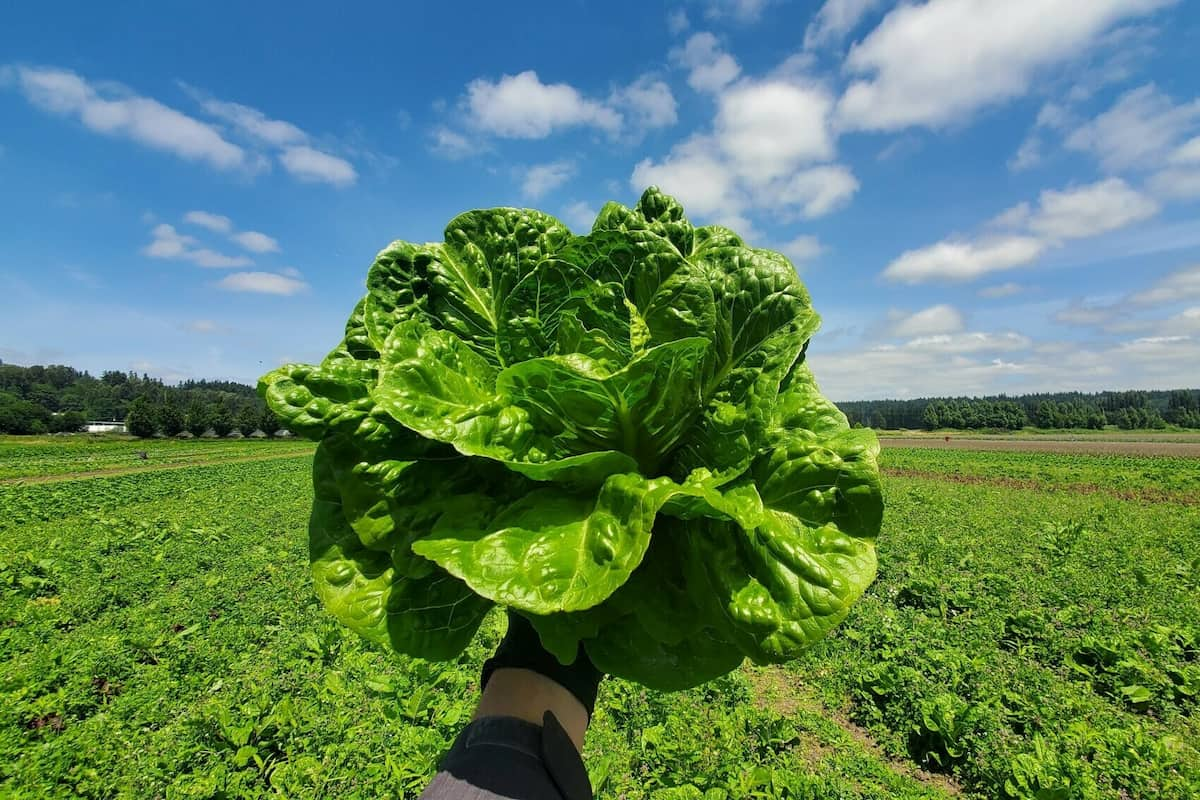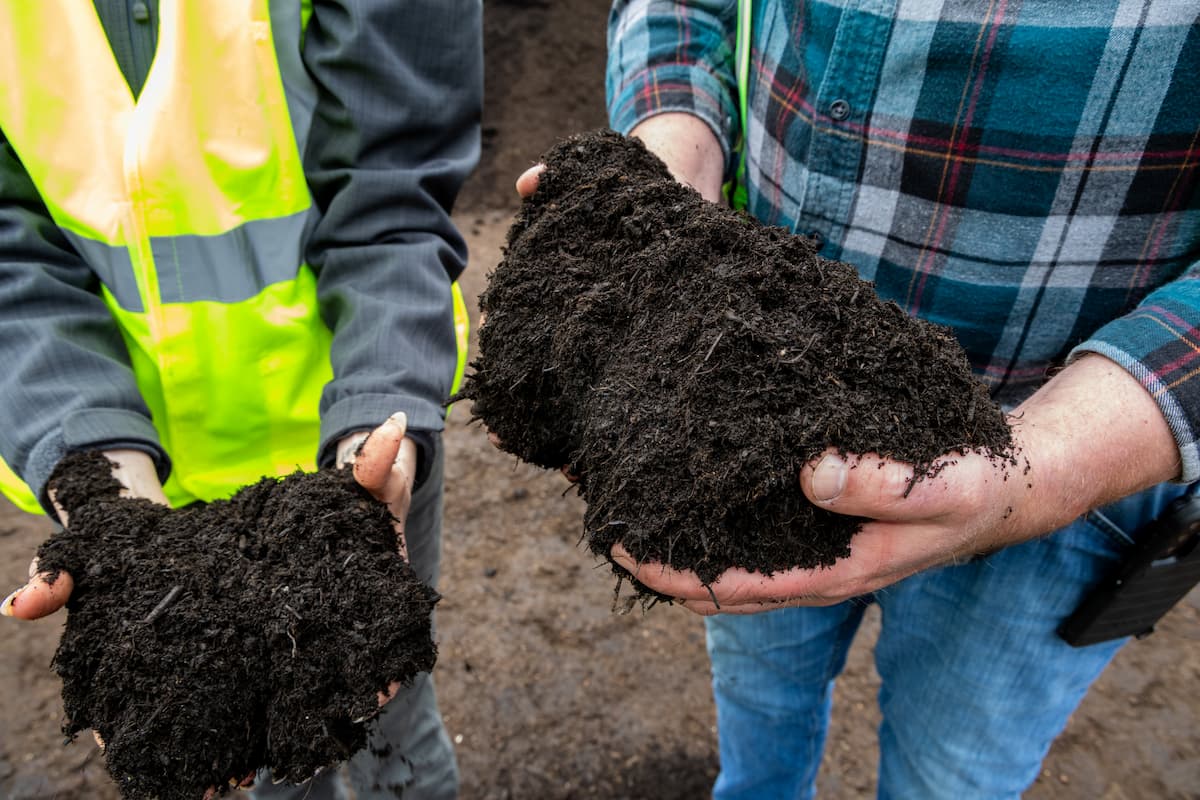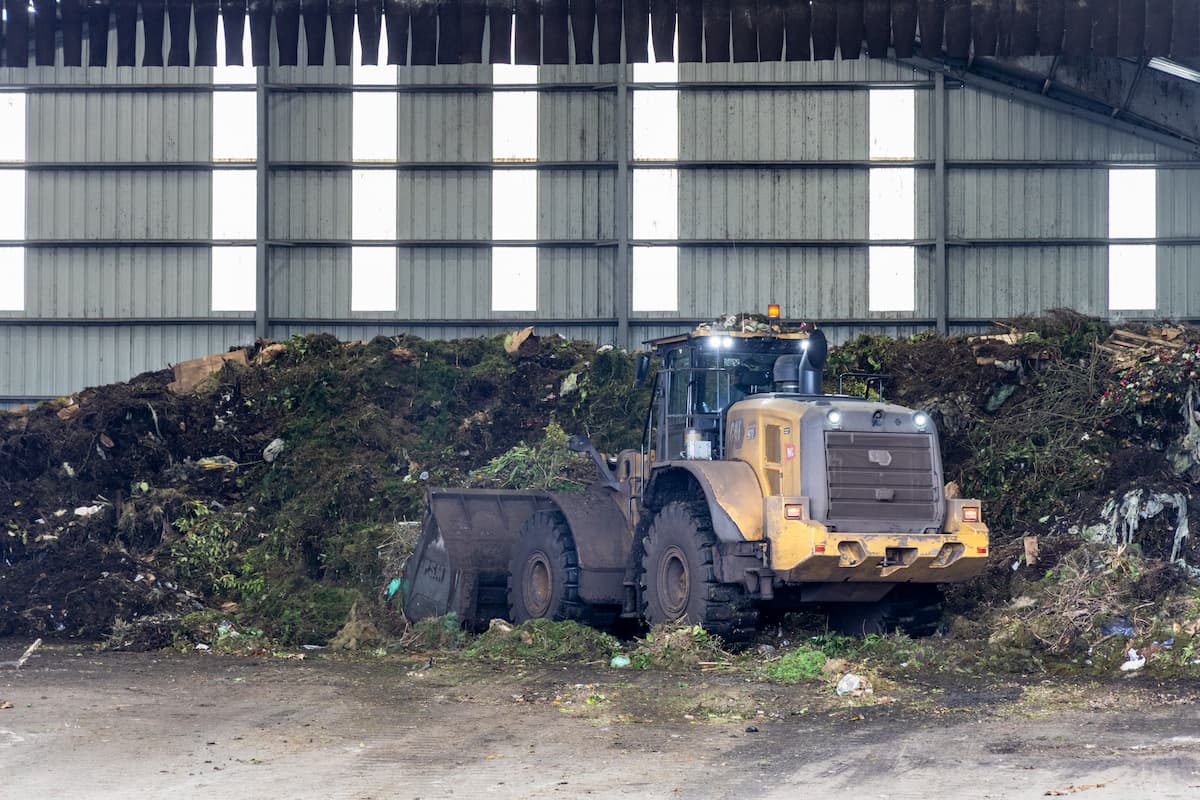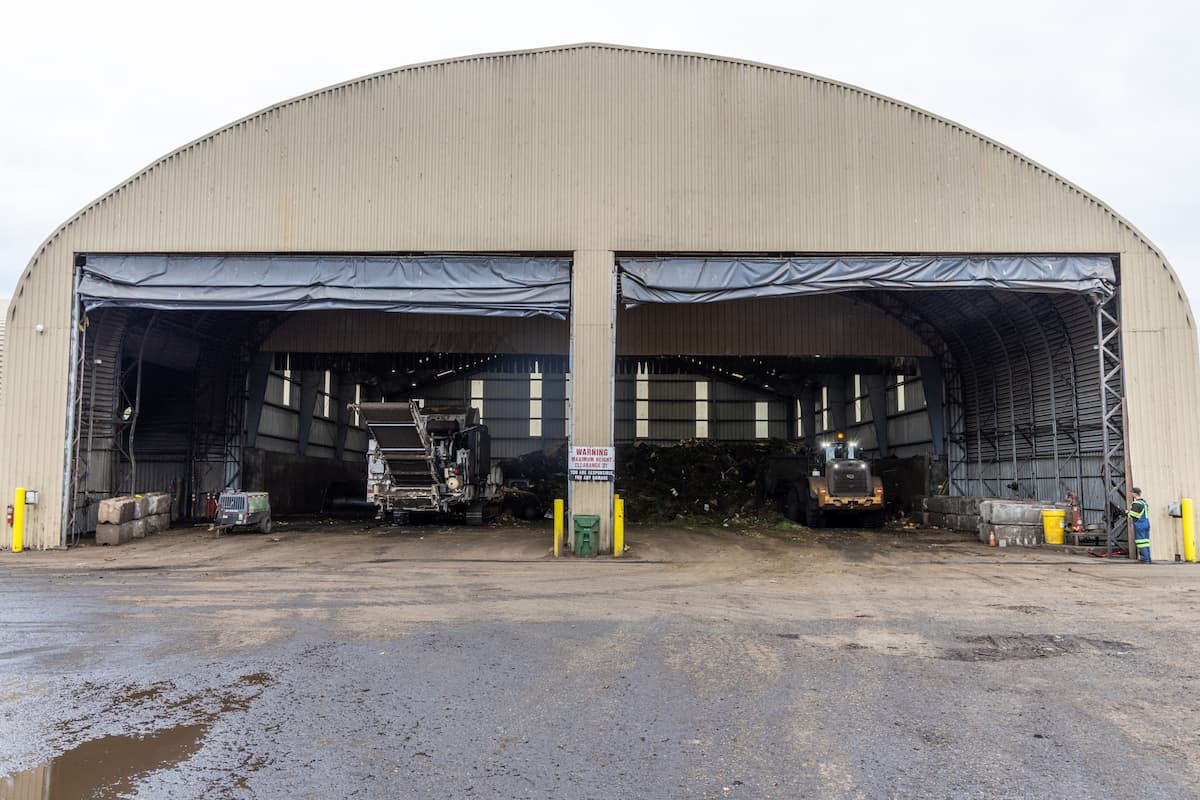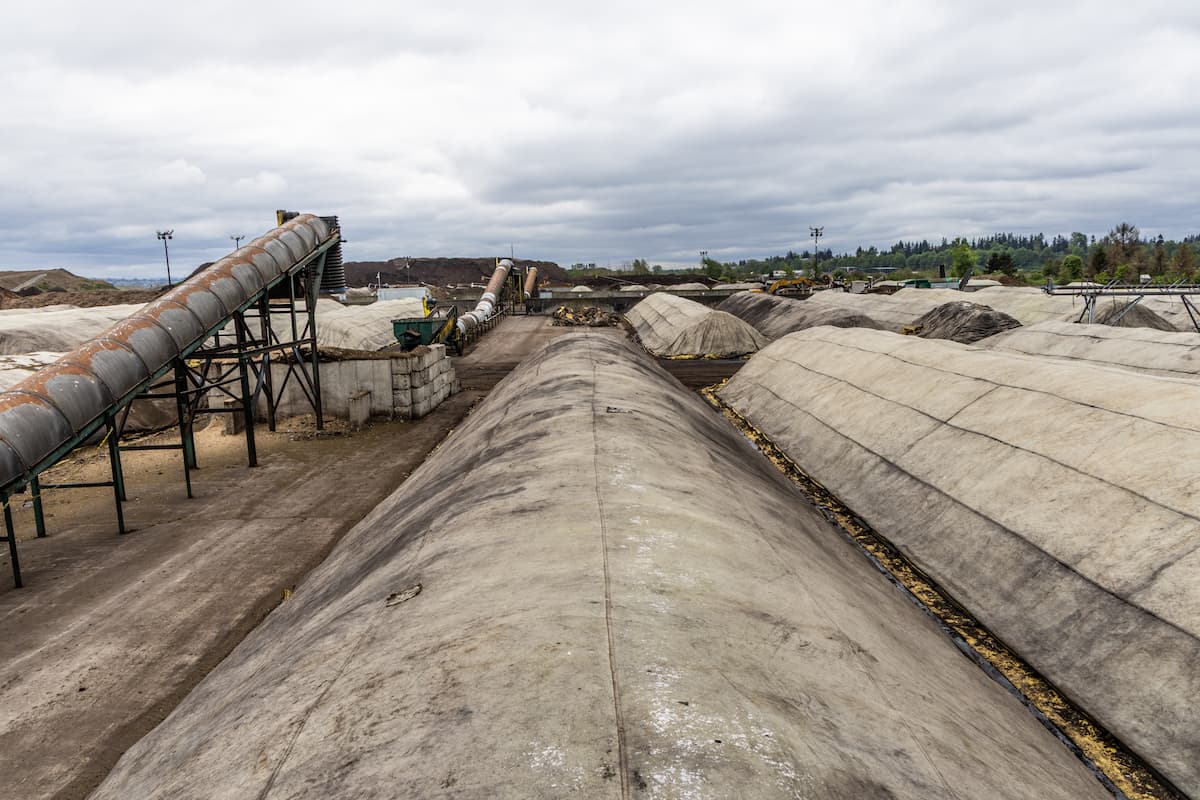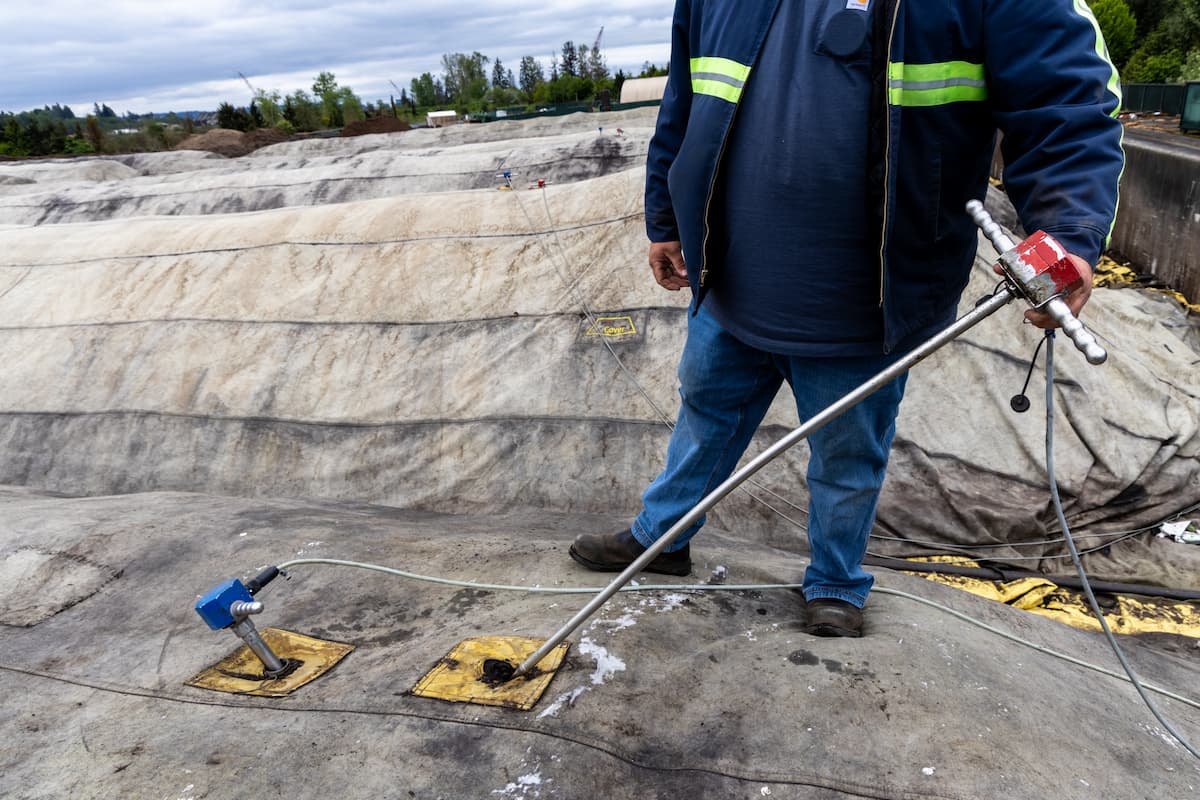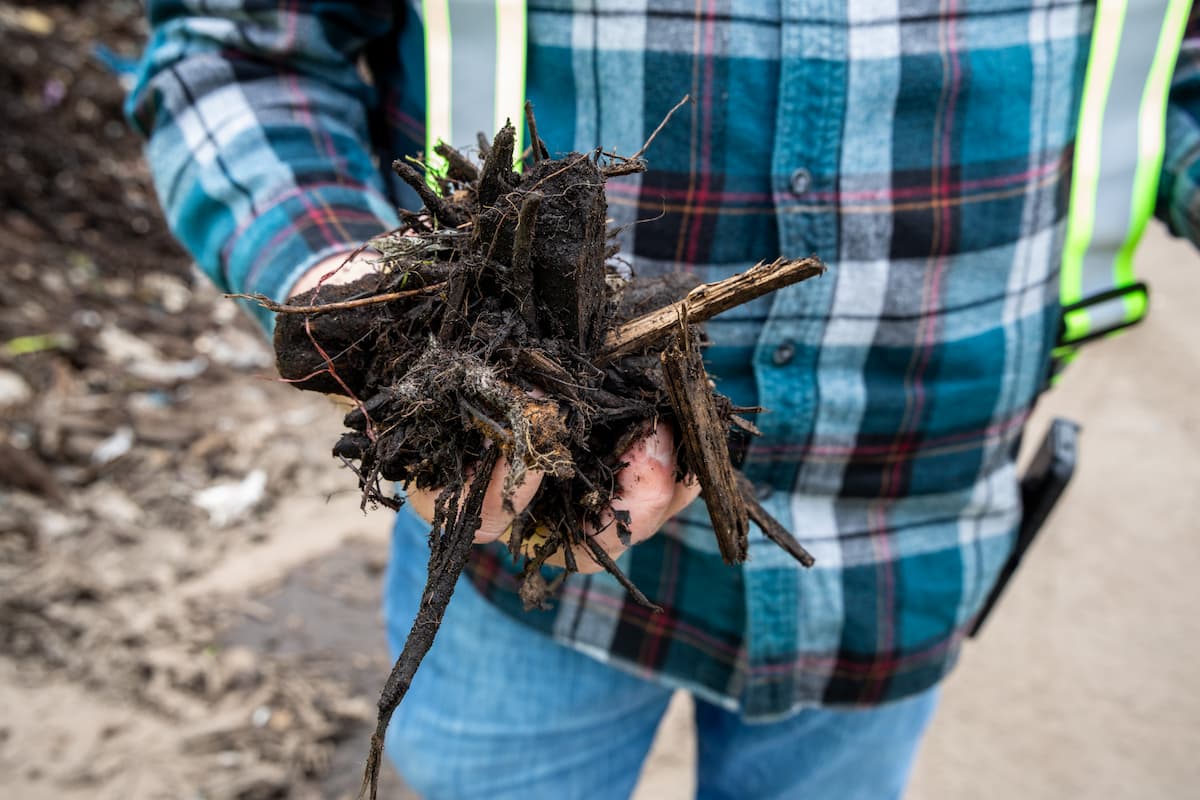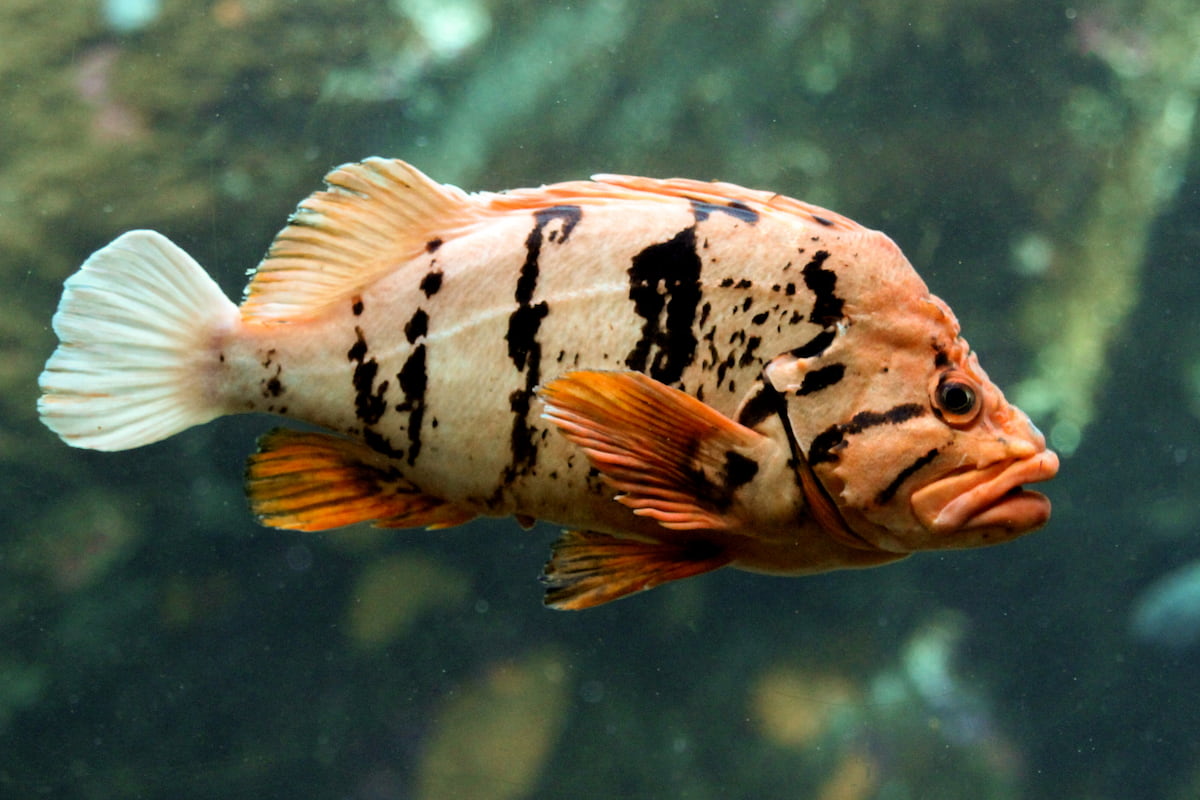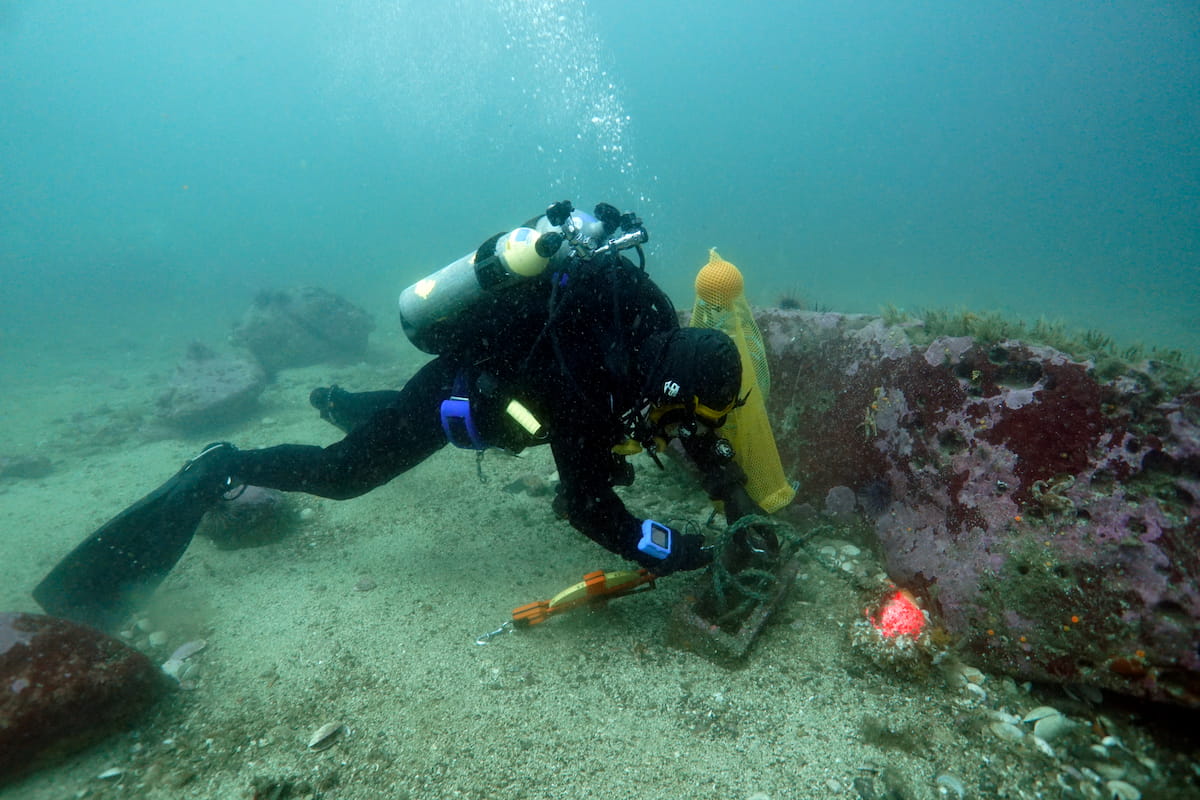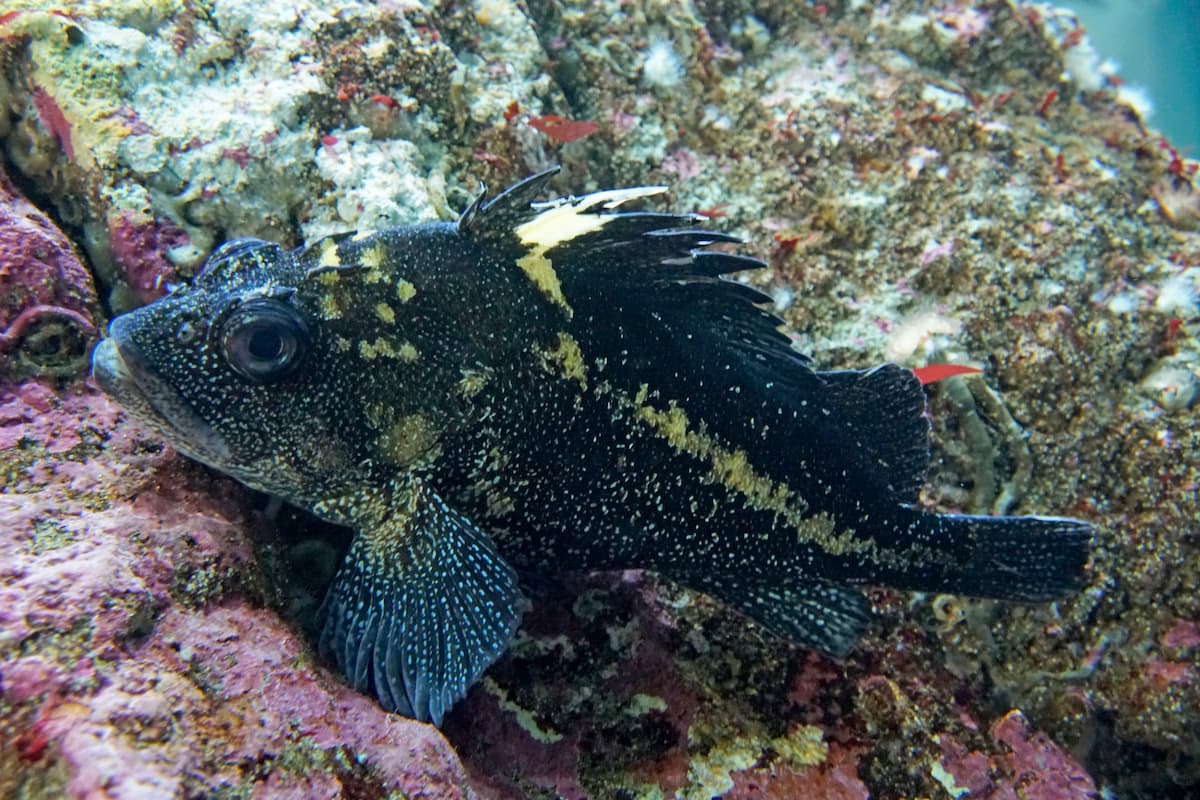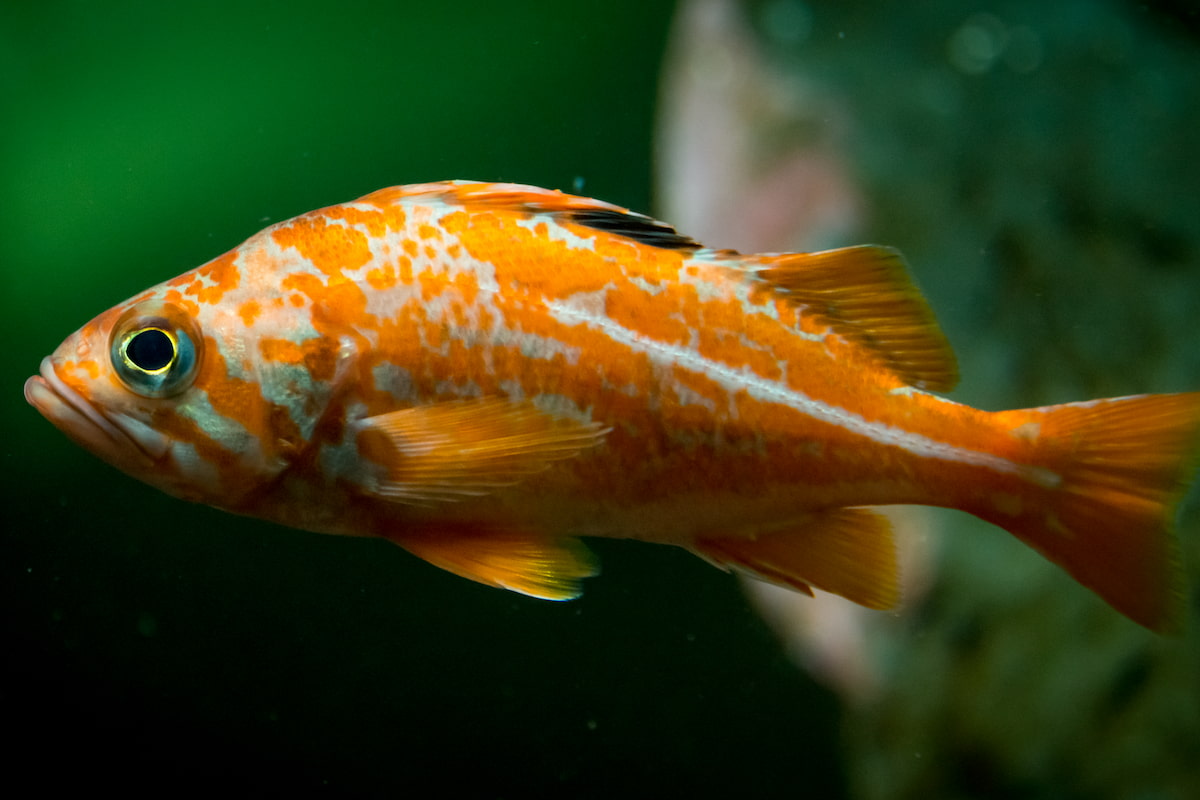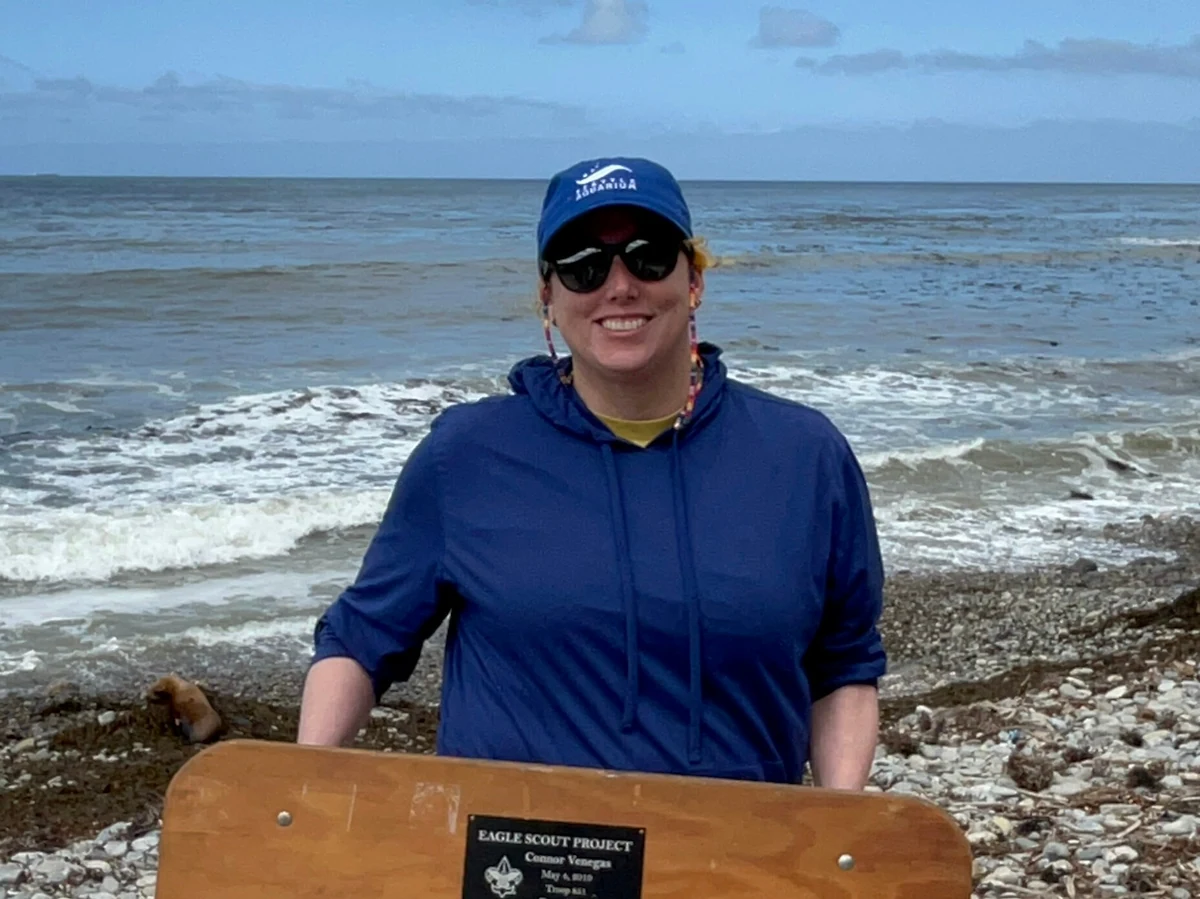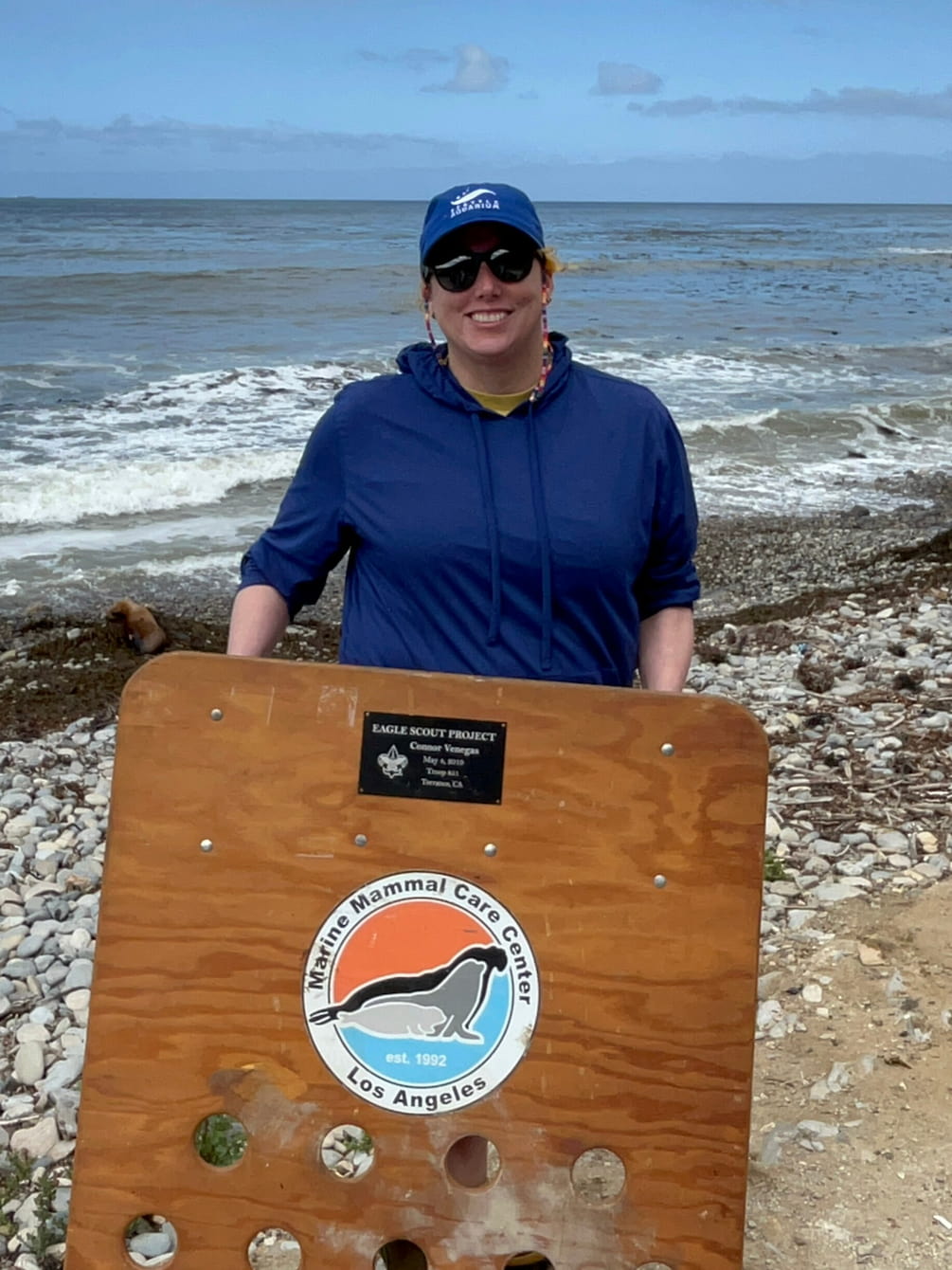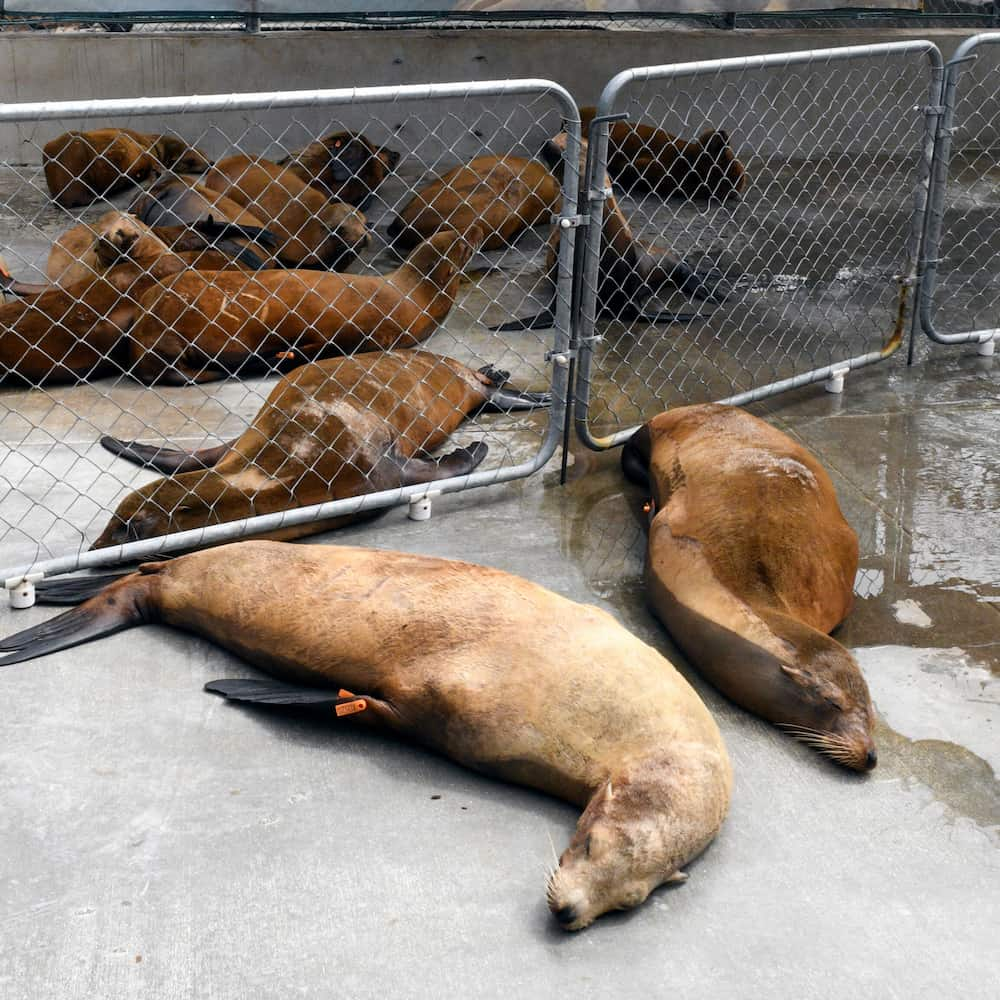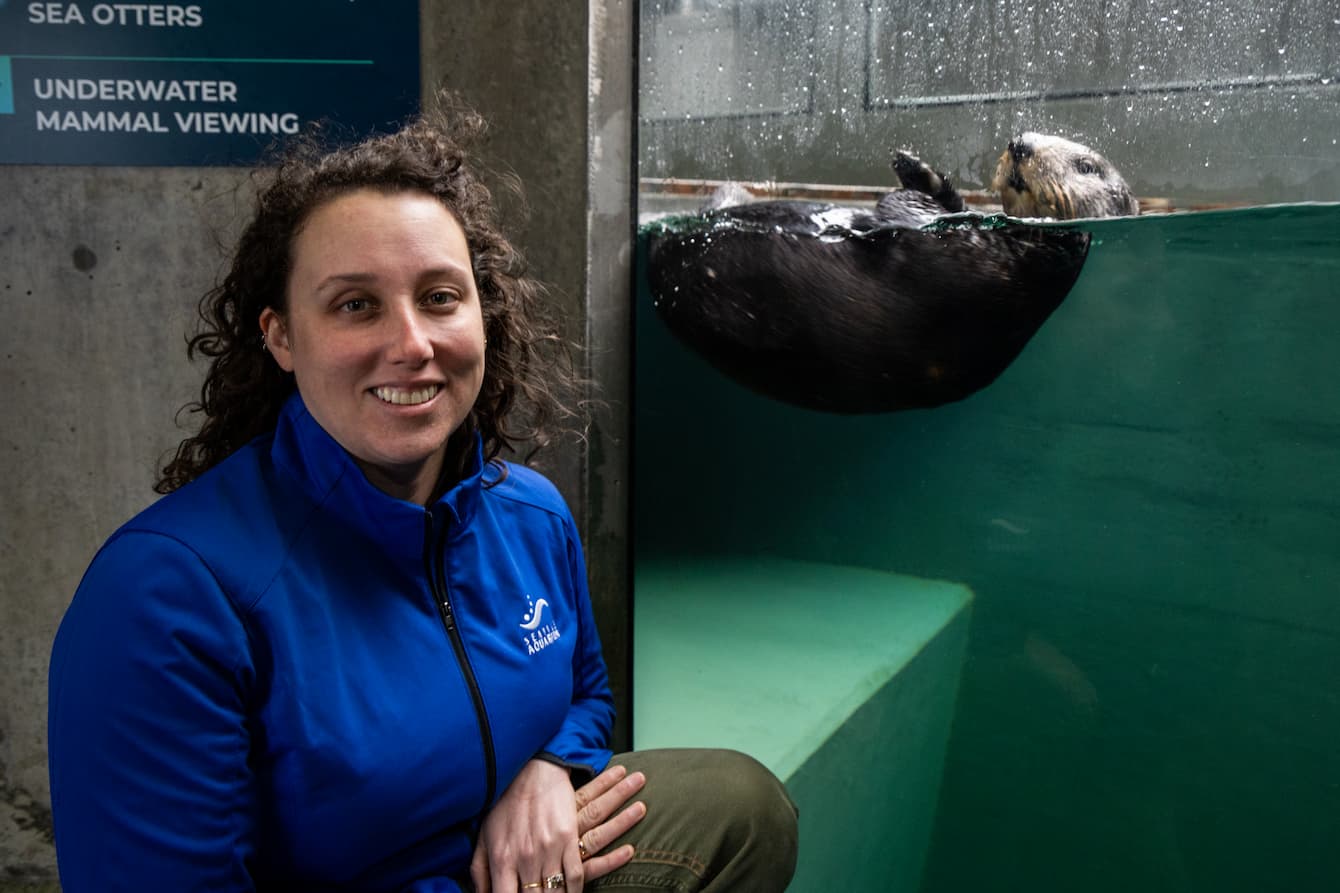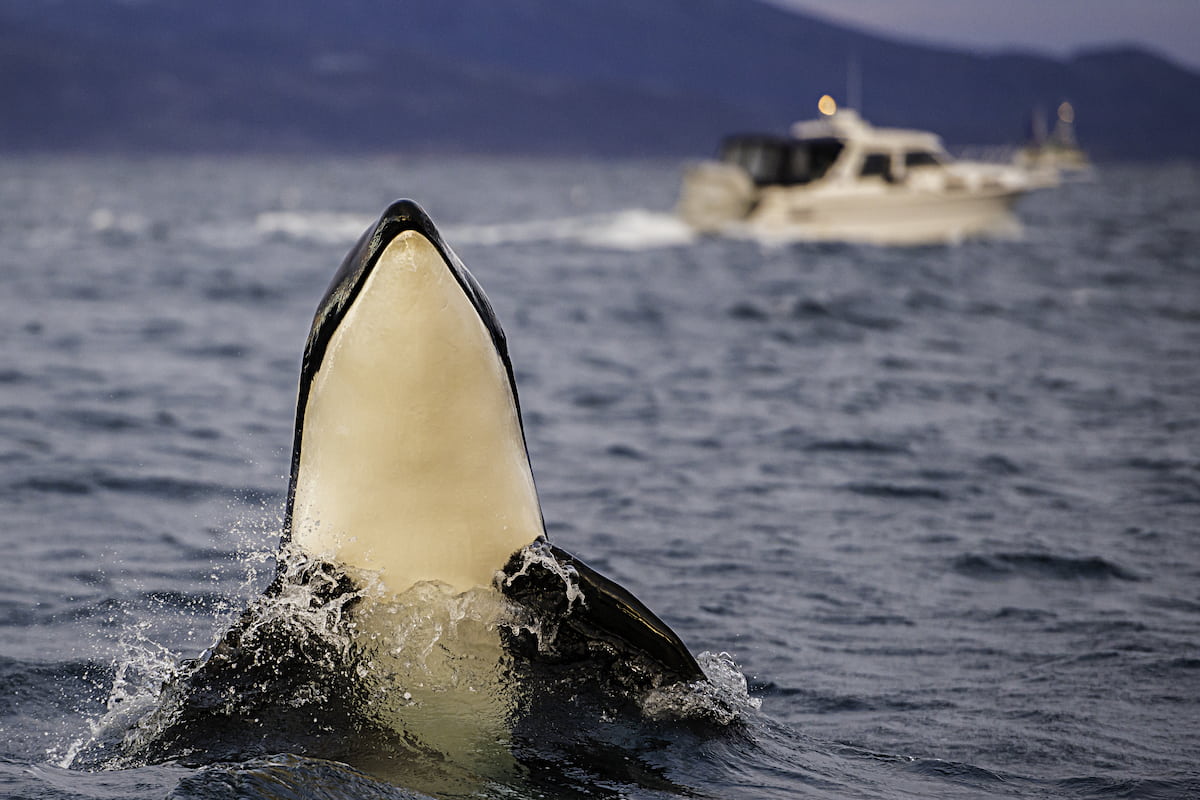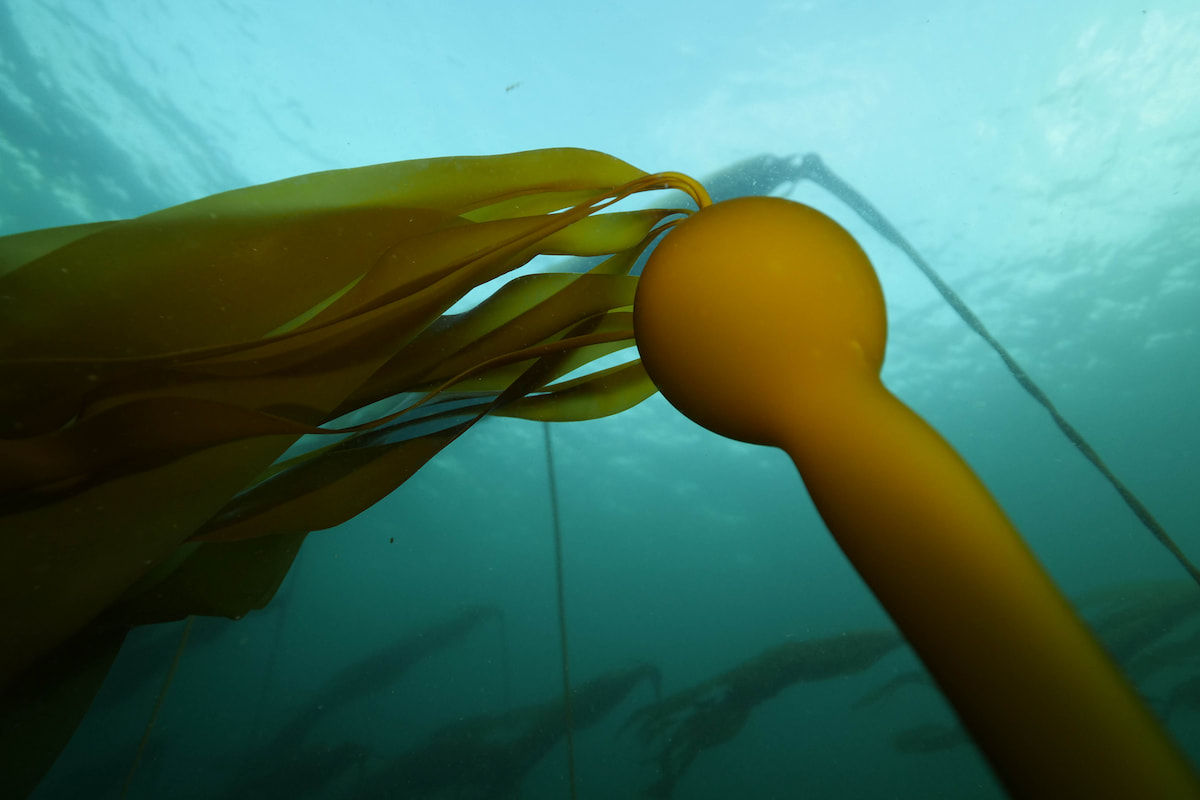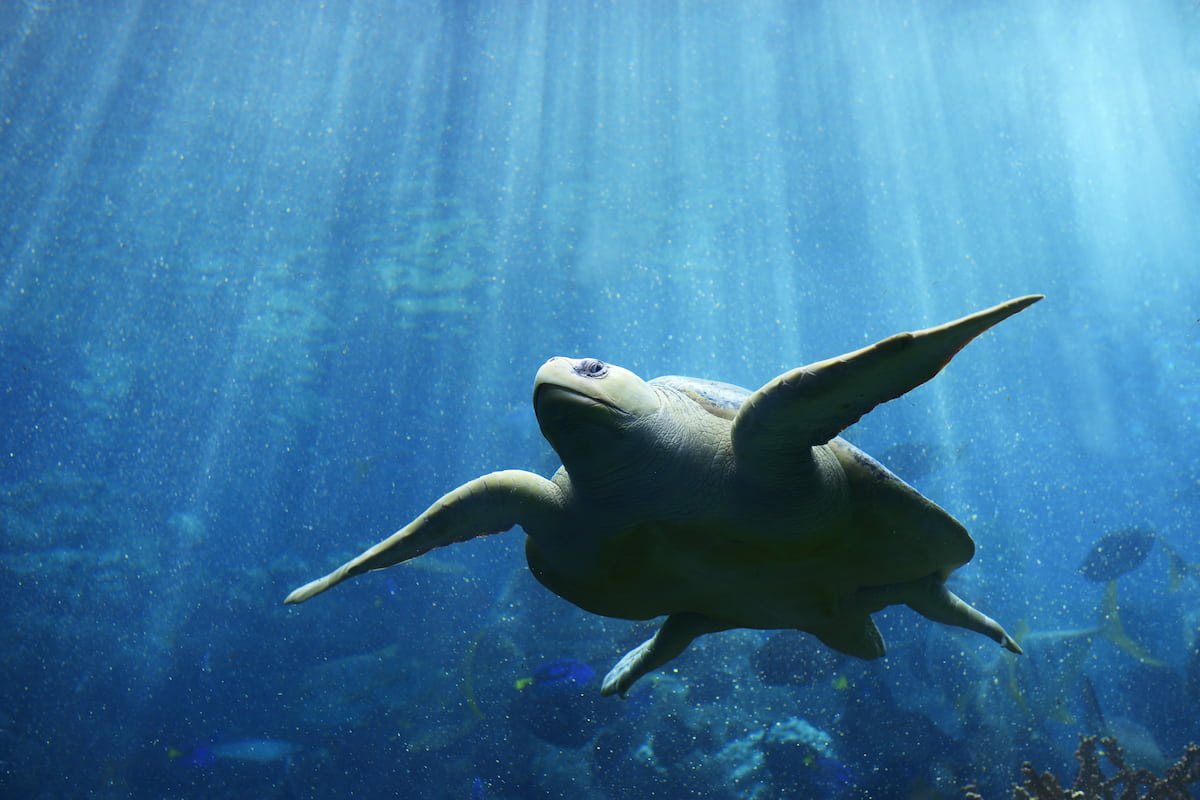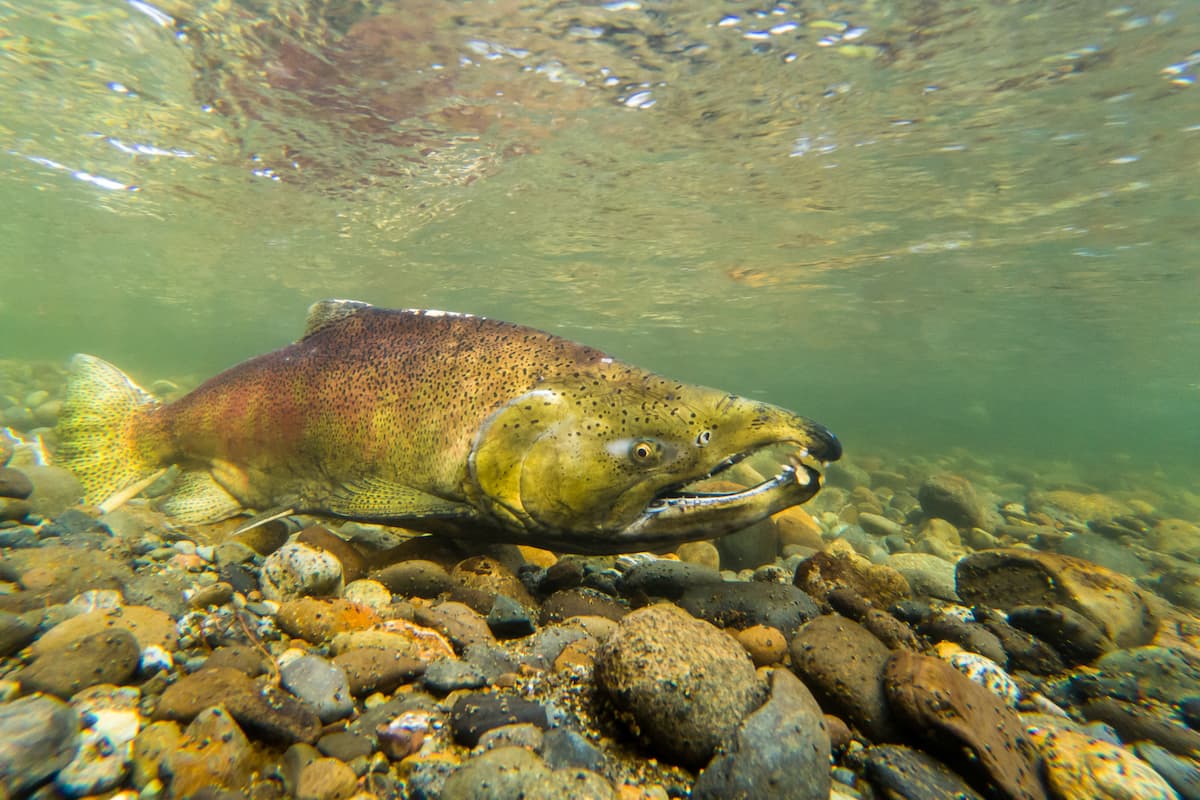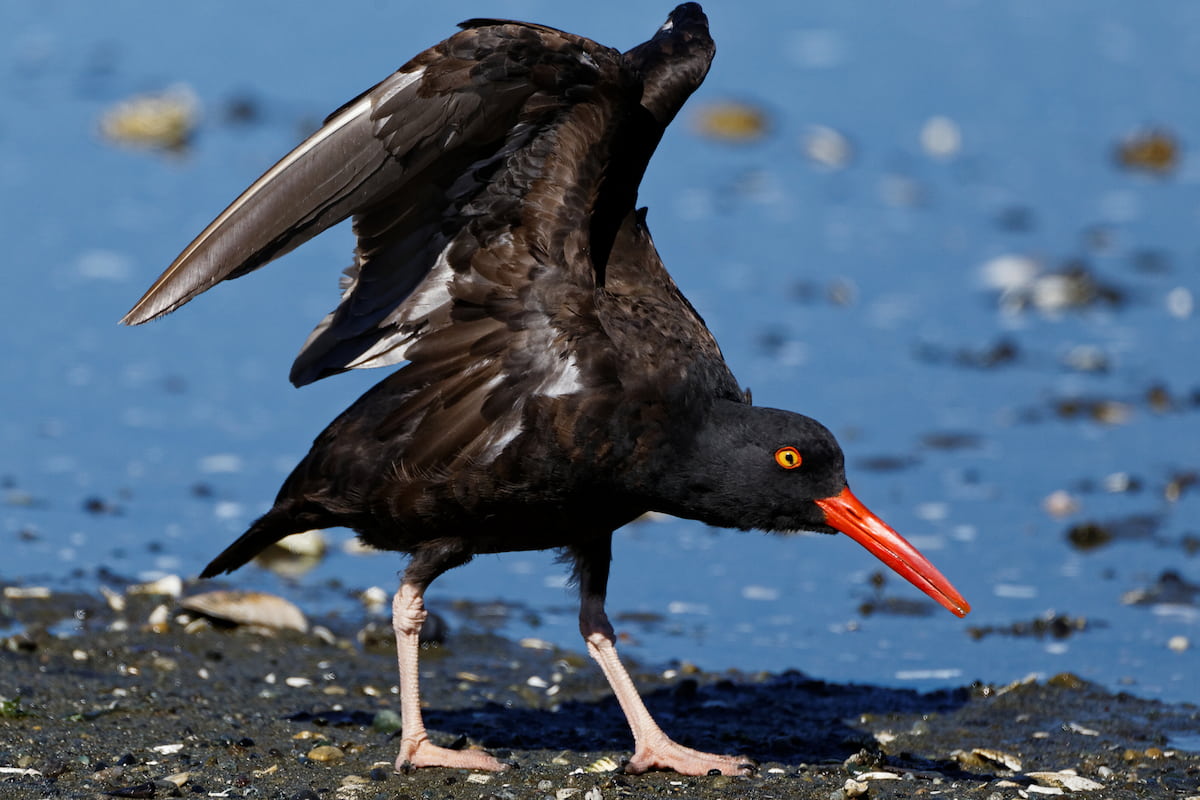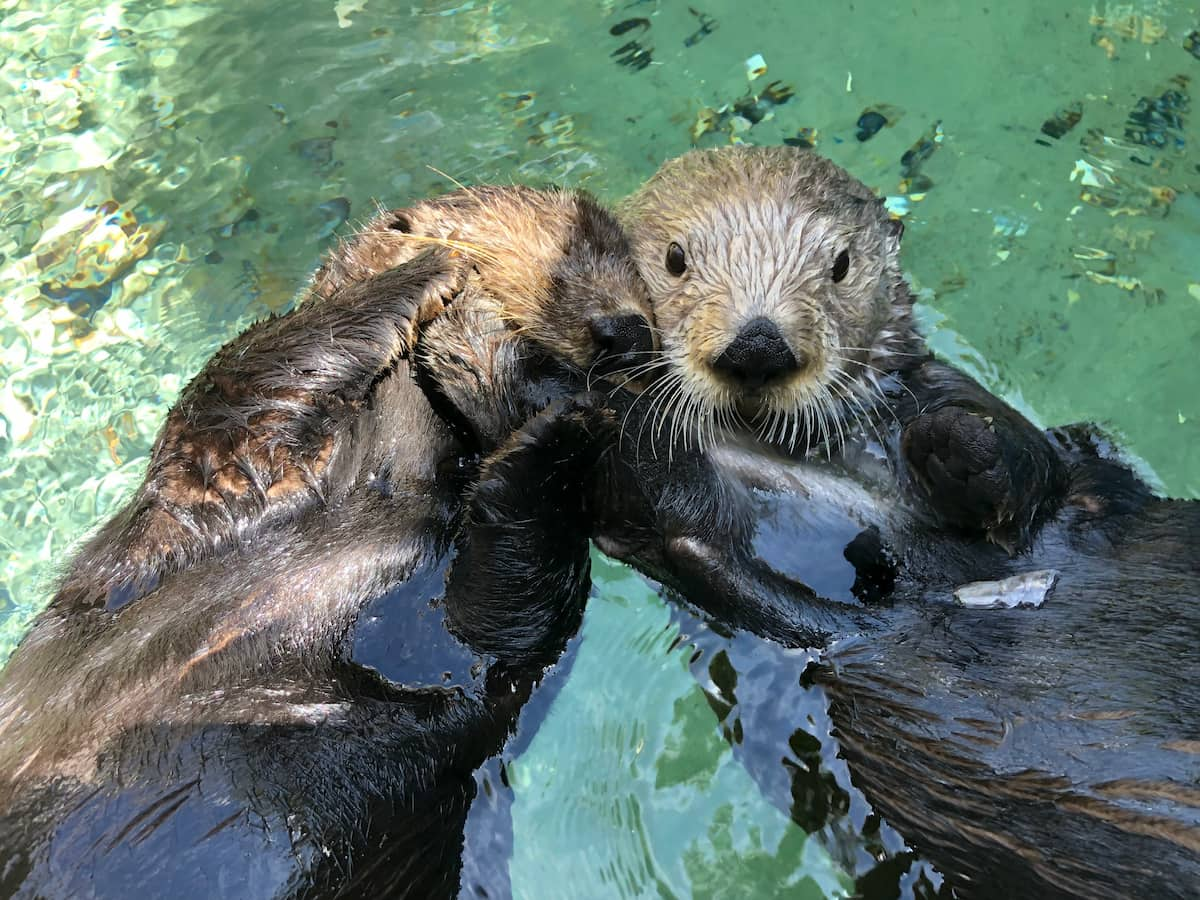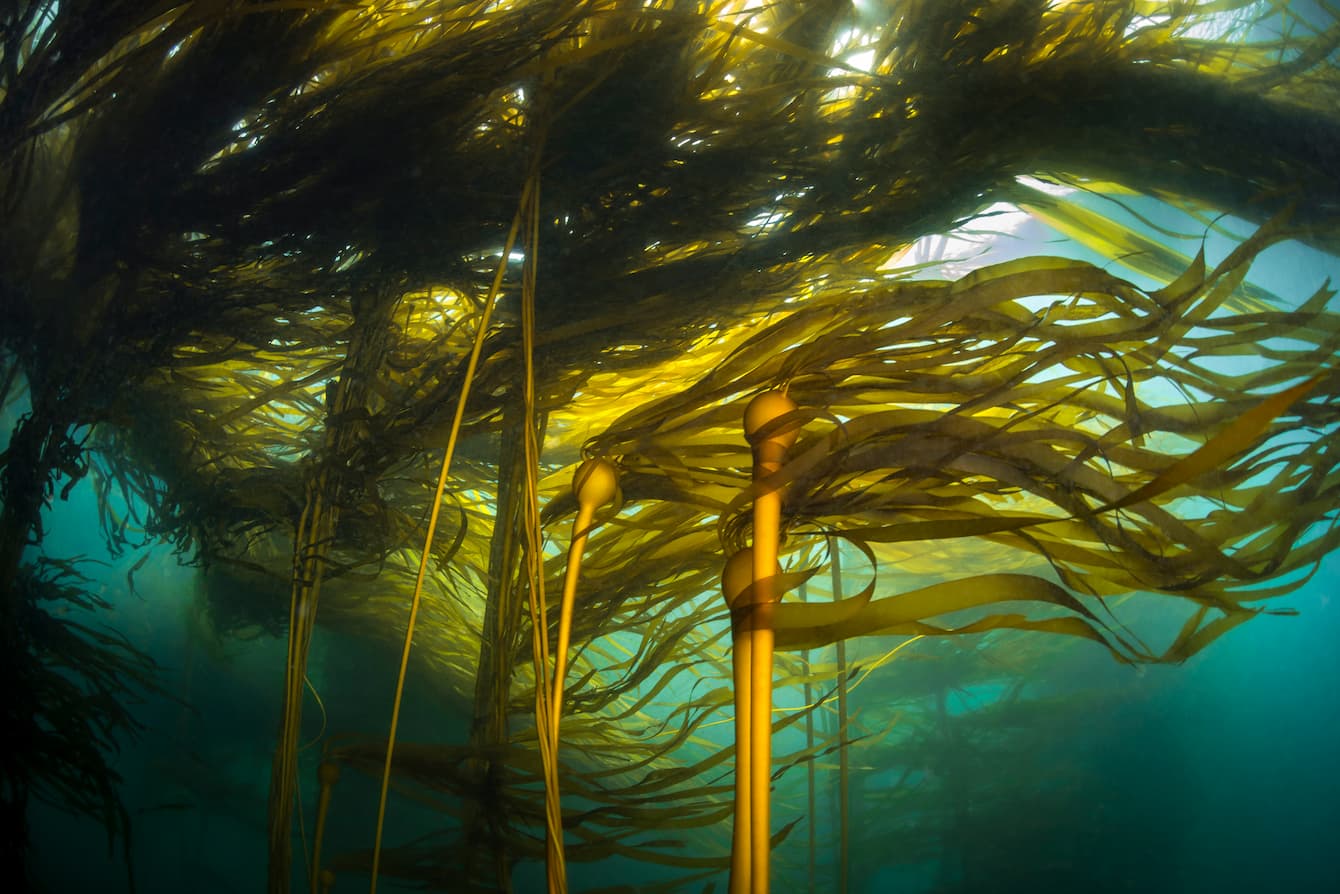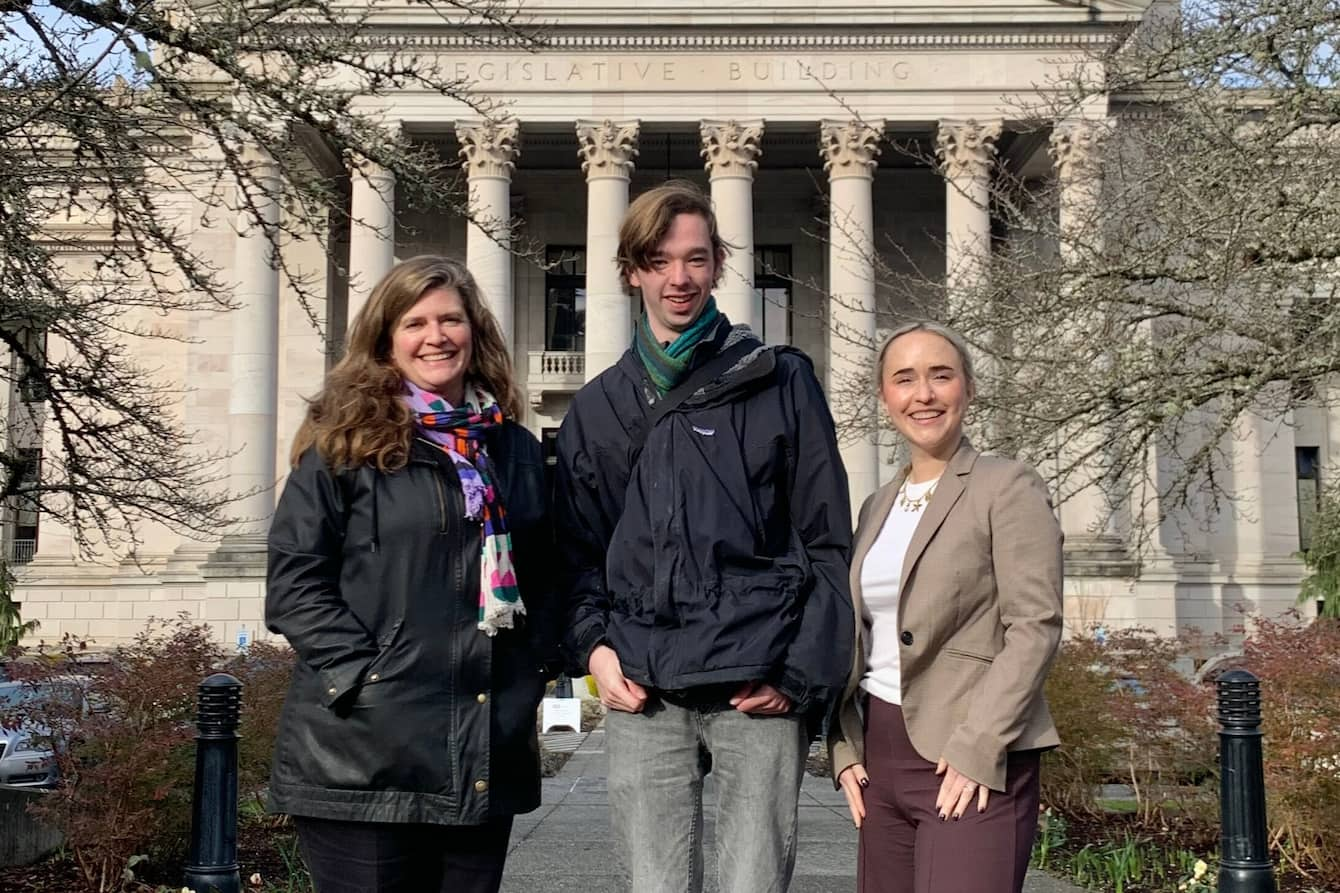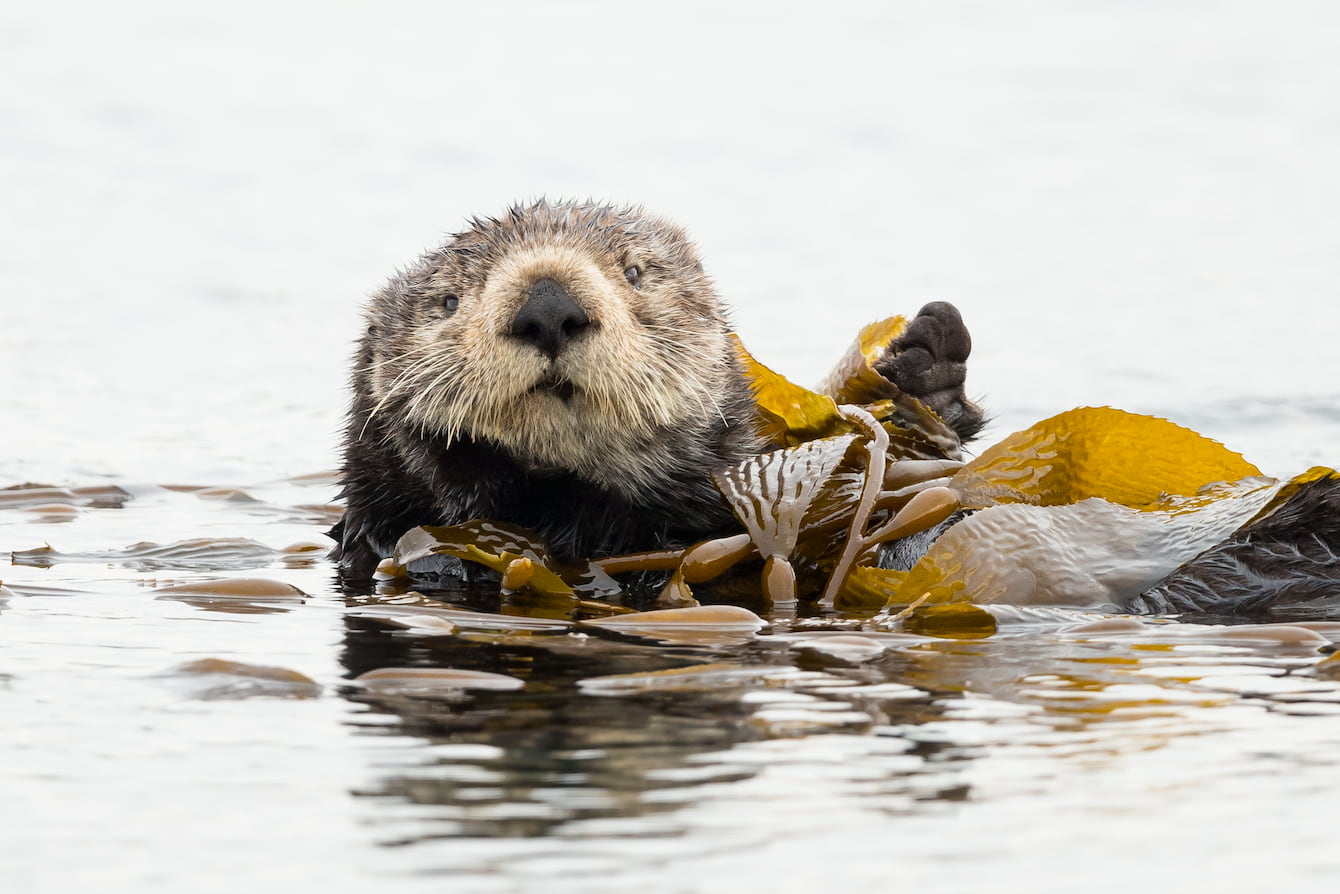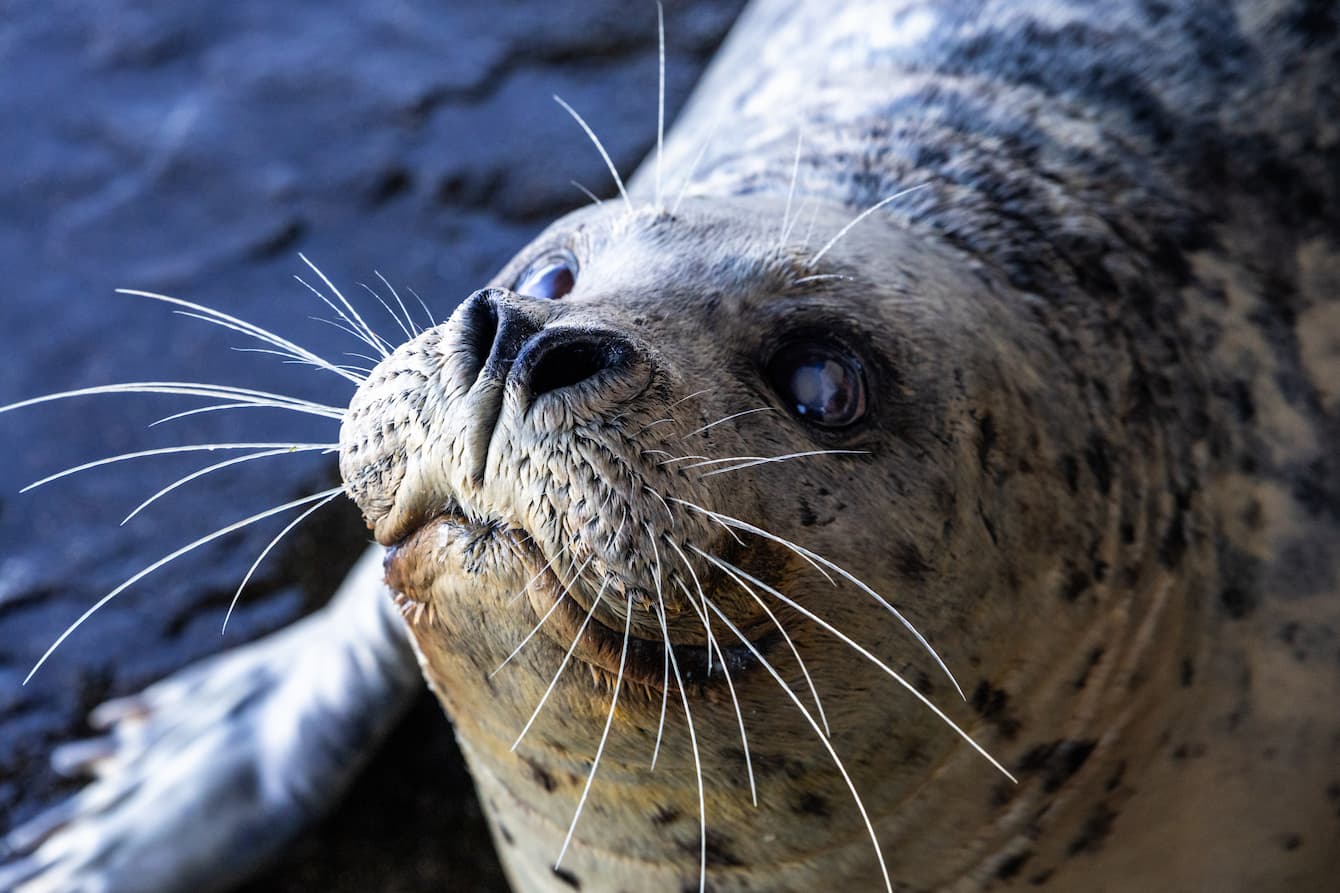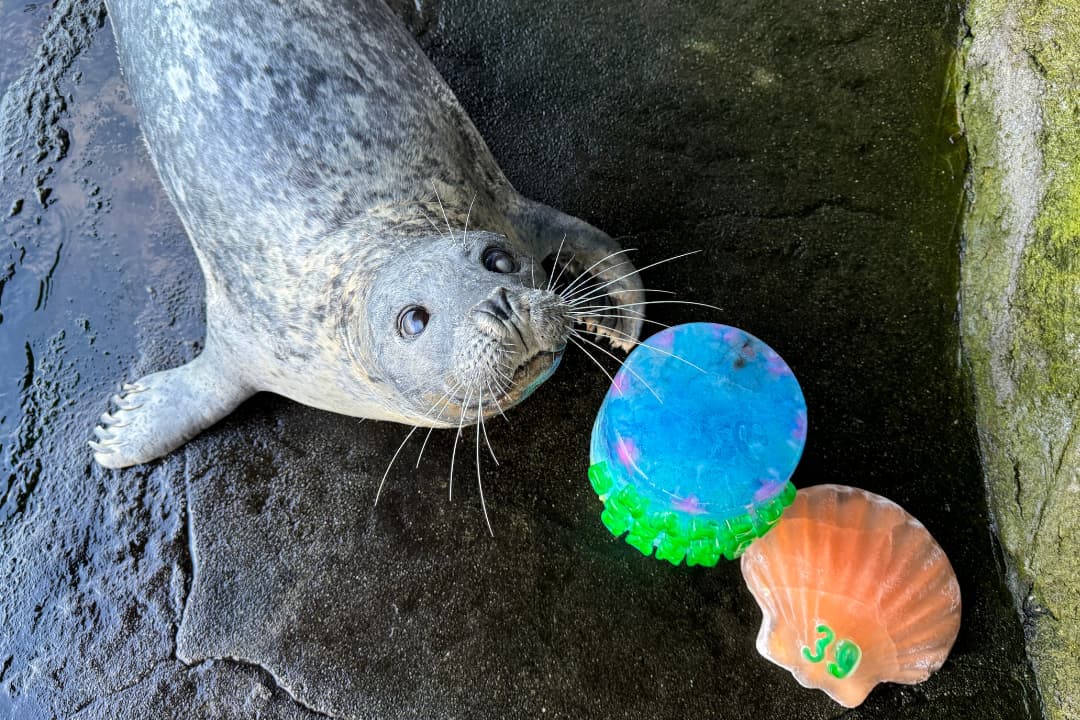Gay whales and trans fish: celebrating queerness in the ocean
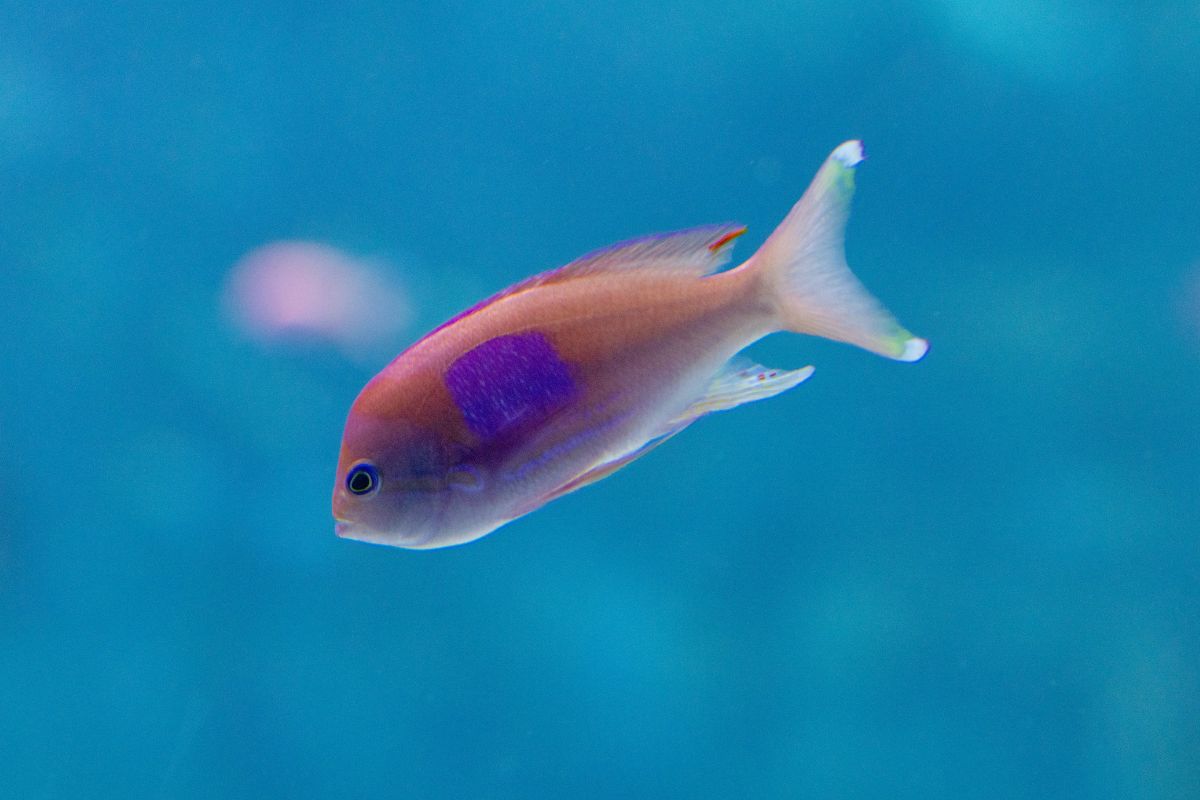
Pride Month is a great time to appreciate queerness in all its powerful beauty in our human communities. But just like in cities and towns across the world, the ocean is abundant with queerness all year long! Many different marine species—including some found at the Seattle Aquarium—naturally display queer behavior.
Queer is a term reclaimed by some members of the LGBTQIA+ community, and it carries a long and complicated history. In this story, we take it to mean a living being who is not strictly heterosexual and/or cisgender.
Birds (and whales and dolphins) of a feather
You may have heard of Roy and Silo, a pair of male penguins at New York’s Central Park Zoo who paired up for many years and even raised a chick together. But those queer penguins are just the tip of the iceberg!
Same-sex partnerships have been documented among seabirds. In one studied group of albatrosses in Hawaiʻi, nearly a third of bonded pairs were female-female. Like male-female pairings, these birds took turns incubating a single egg while the other went off in search of food.
At the Seattle Aquarium, female tufted puffins Gil and Gertie have been bonded for over five years. During mating season, Gil and Gertie engage in billing, a flirtatious move when puffins tap on each other’s bills, and stacking, a breeding behavior where they stack several small fish in their bills. They also gather materials to build a nest together and spend a lot of time with one another.
While tufted puffins often return to the same mate, puffin “couples” like Gil and Gertie could change in the future due to new social dynamics. Just like humans, animal relationships can change.
Tufted puffins Gil (front) and Gertie (back) act as a bonded pair, spending a lot of time together and displaying flirtatious behavior at the Seattle Aquarium. Video credit: Animal Care Specialist Ana.
Dipping below the waves, many other animals also form same-sex pairs. Both male and female dolphins of multiple species—notably, bottlenose dolphins—engage in same-sex mating behavior, sometimes with multiple partners. Young male orcas split off from their pods to spend time wooing each other. Just last year, for the first time scientists directly observed humpback whales mating—and the participants were both male!
No partner? No problem!
Many marine invertebrates, from corals to jellies, can reproduce asexually, aka without a mate.
Sea stars are well known for being able to regrow a lost arm. But for some species, that detached arm can grow into a whole new individual, so long as it retained some of the original star’s central disk. One known genus, Linckia, can reproduce asexually by dropping an arm even without the central disk.
Eye-catching sea slugs known as nudibranchs often sport multiple colors on their bodies. And they sport multiple kinds of reproductive organs too! Nudibranchs have both male and female reproductive organs. They can partner up with any other member of their species and some can fertilize each other simultaneously.
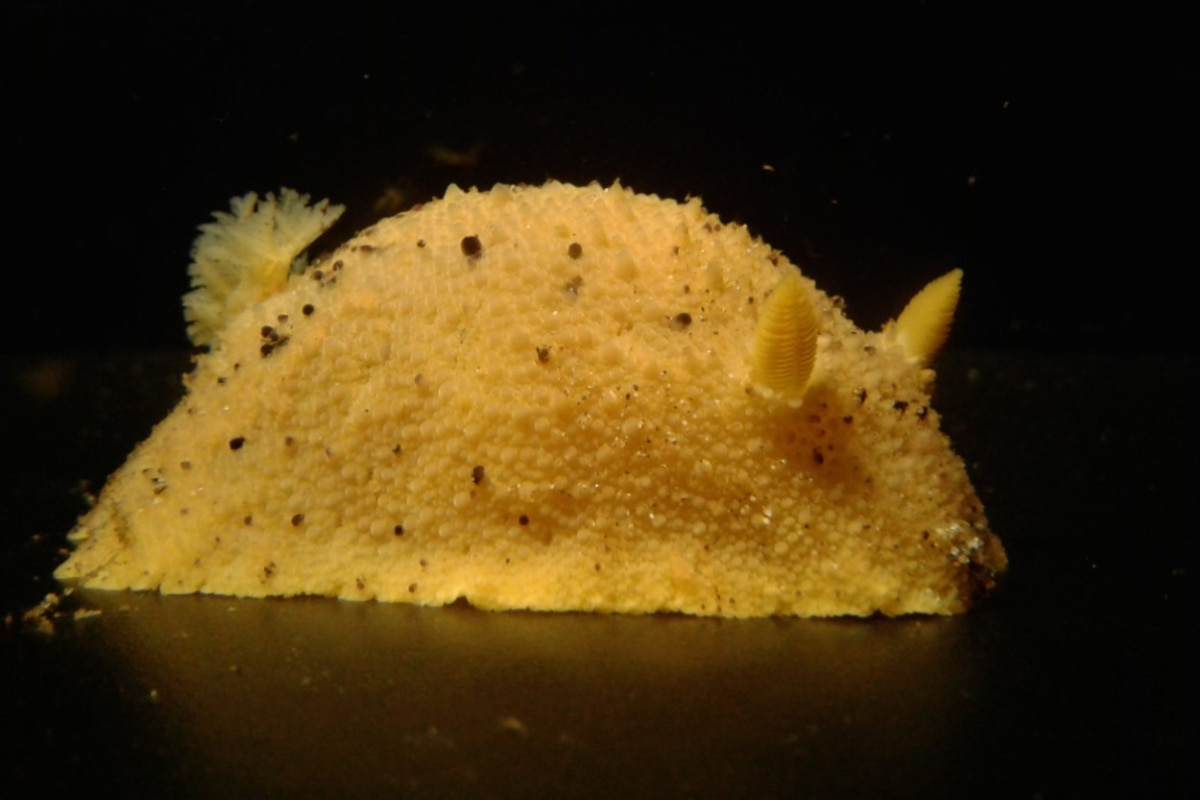
Nudibranchs, like this sea lemon, who can be found at A Closer Look, have both male and female reproductive organs.
While many invertebrates can reproduce asexually, scientists consider it unusual behavior in more complex animals. But females from some species of rays and sharks, including Indo-Pacific leopard sharks, can bear offspring without any male assistance. This rare and delicate process is called parthenogenesis. It’s been well-documented among sharks and rays in human care, but more research is needed on how common it is in the wild.
Transitioning trends
As the saying goes, there’s plenty of fish in the sea. And over 500 of those species can change their sex! Some fish change sex permanently at a specific point in their lives, while others, including the blue-banded goby, can transition back and forth. One known species, the mangrove rivulus, can even self-fertilize.
Going from female to male, a process called protogyny, is the most common way fish change sex. Squarespot anthias all start out life as females and develop their namesake squarespot when some transition to male.

All squarespot anthias, a fish you can meet at the Ocean Pavilion, are born female. Some transition to male and develop the namesake purple square spot.
For clownfish, protandry, or transitioning from male to female, is the way of life. The two largest fish in a group are the reproductively mature male and female. The fish in their home anemone are all male juveniles. Should the female die, the current breeding male will transition to female and the next largest male will mature to take his place.
These are just a handful of the many species who showcase the beauty and diversity of marine life. From birds in the sky to benthic sea stars, queerness is as natural as the ocean itself.
